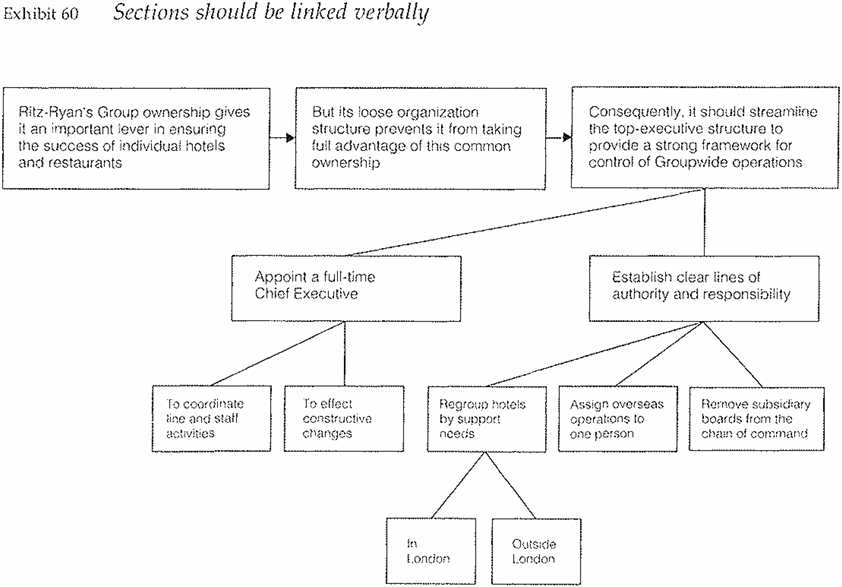


 Grammar
Grammar
 Tenses
Tenses
 Present
Present
 Past
Past
 Future
Future
 Parts Of Speech
Parts Of Speech
 Nouns
Nouns
 Verbs
Verbs
 Adverbs
Adverbs
 Adjectives
Adjectives
 Pronouns
Pronouns
 Pre Position
Pre Position
 Preposition by function
Preposition by function 
 Preposition by construction
Preposition by construction
 Conjunctions
Conjunctions
 Interjections
Interjections
 Grammar Rules
Grammar Rules
 Linguistics
Linguistics
 Semantics
Semantics
 Pragmatics
Pragmatics
 Reading Comprehension
Reading Comprehension
 Teaching Methods
Teaching Methods|
Read More
Date: 2024-09-25
Date: 2024-09-12
Date: 2024-09-09
|
Well, you've now gone out and Benchmarked yourself, you've adopted Activity-Based Management as your mantra, and you may even have achieved competitive advantage. Can you now relax and fed confident about the way you are running your company? Not if you are still operating the same old Total Quality Management process we began this journey with. Because now the question is, Will you be able to hang on to your competitive advantage? The answer is probably not, unless you bring your TQM processes in line with your current approaches. What does that mean you will have to do differently?
In each case you can see that we followed the Situation-Complication-Question form of the initial introduction at the beginning of the document, but reduced its scope to match where the reader was standing as you begin each new story. Regardless of where the introductory story lies, it should always contain only information that the reader already knows or will agree with you is true.
The technique of referencing backward consists simply of picking up a word or a phrase or the main idea of the preceding portion of the pyramid that you are linking, and using it in your opening sentence. You are probably familiar with the technique in transitions between paragraphs. For example:
No single executive has full-time responsibility for directing
Group a Hairs. The absence of necessary leadership and coordination
for senior operating and staff executive results in ... (list of problems).
The problems stemming from lack of full-time Leadership are compounded by overlapping or unwieldy responsibility assignments.
You follow precisely the same technique at the beginning of a new section, a new subsection, or sometimes a new set of support points. Suppose you had just finished a section telling the Ritz-Ryan hotel chain that it was not taking full advantage of its common ownership of many hotel, restaurant and catering operations. You are about to start a new section outlining the structural weaknesses that keep it front being able to act as it should, and you have a pyramid like that shown in Exhibit 60.

Your linkings, referencing backward, might read as follows:
Between the first two sections
The current top executive and board structure suffers from two major shortcomings that severely limit the degree to which Ritz-Ryan can take advantage of its combined resources.
Between the two subsections
In addition to appointing a Group Managing Director; Ritz-Ryan should make a number of changes in the executive structure to establish short, clear lines of authority and responsibility.
Between the two support points
Just as only a full-time Chief Executive can coordinate line and staff activities effectively, so only a full-time Chief Executive can provide the steady, strong, and relentless pressure needed to bring about improvements throughout the organization.
I'm sure you see the technique. The point is to make the transitions unobtrusive yet clear; primarily through picking up the key word or phrase and carrying it forward. You are, of course, carrying it forward to connect with the major point of the next section, which has already been introduced briefly in the "explanation" part of your original introduction. Thus, here you need not lead up to it with a "story" as you did previously, since your reader now presumably has as much information as he needs to understand the points. You do, however, need to introduce the grouping of ideas to come under each section, and explain how they support its major point.
|
|
|
|
لشعر لامع وكثيف وصحي.. وصفة تكشف "سرا آسيويا" قديما
|
|
|
|
|
|
|
كيفية الحفاظ على فرامل السيارة لضمان الأمان المثالي
|
|
|
|
|
|
|
العتبة العباسية المقدسة تجري القرعة الخاصة بأداء مناسك الحج لمنتسبيها
|
|
|